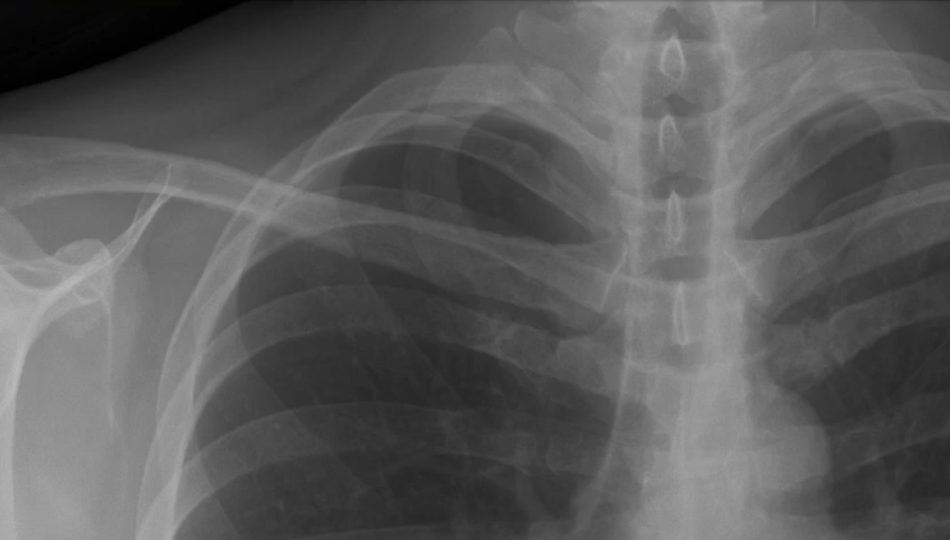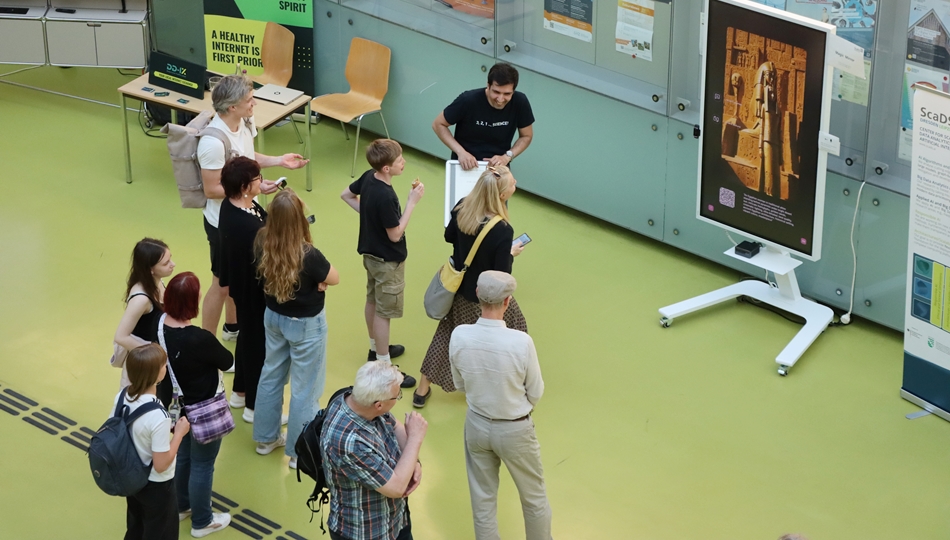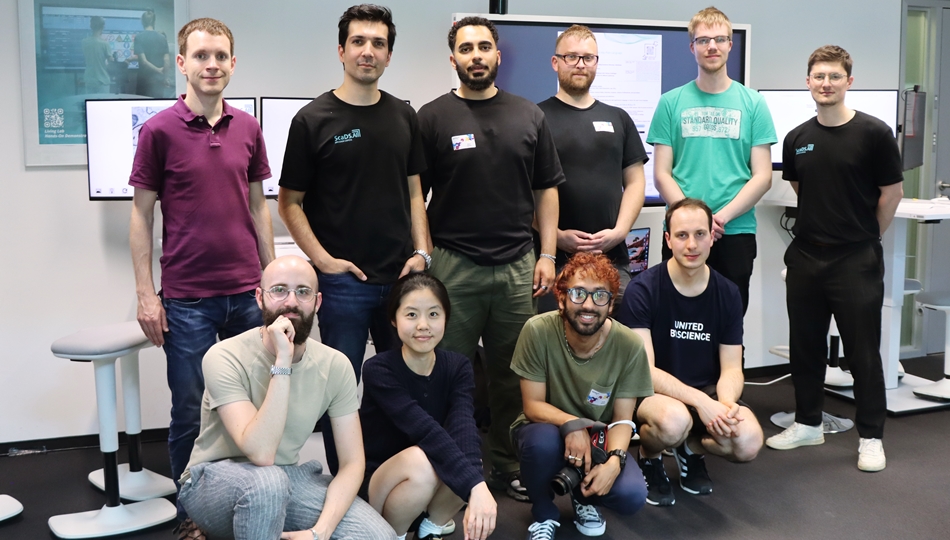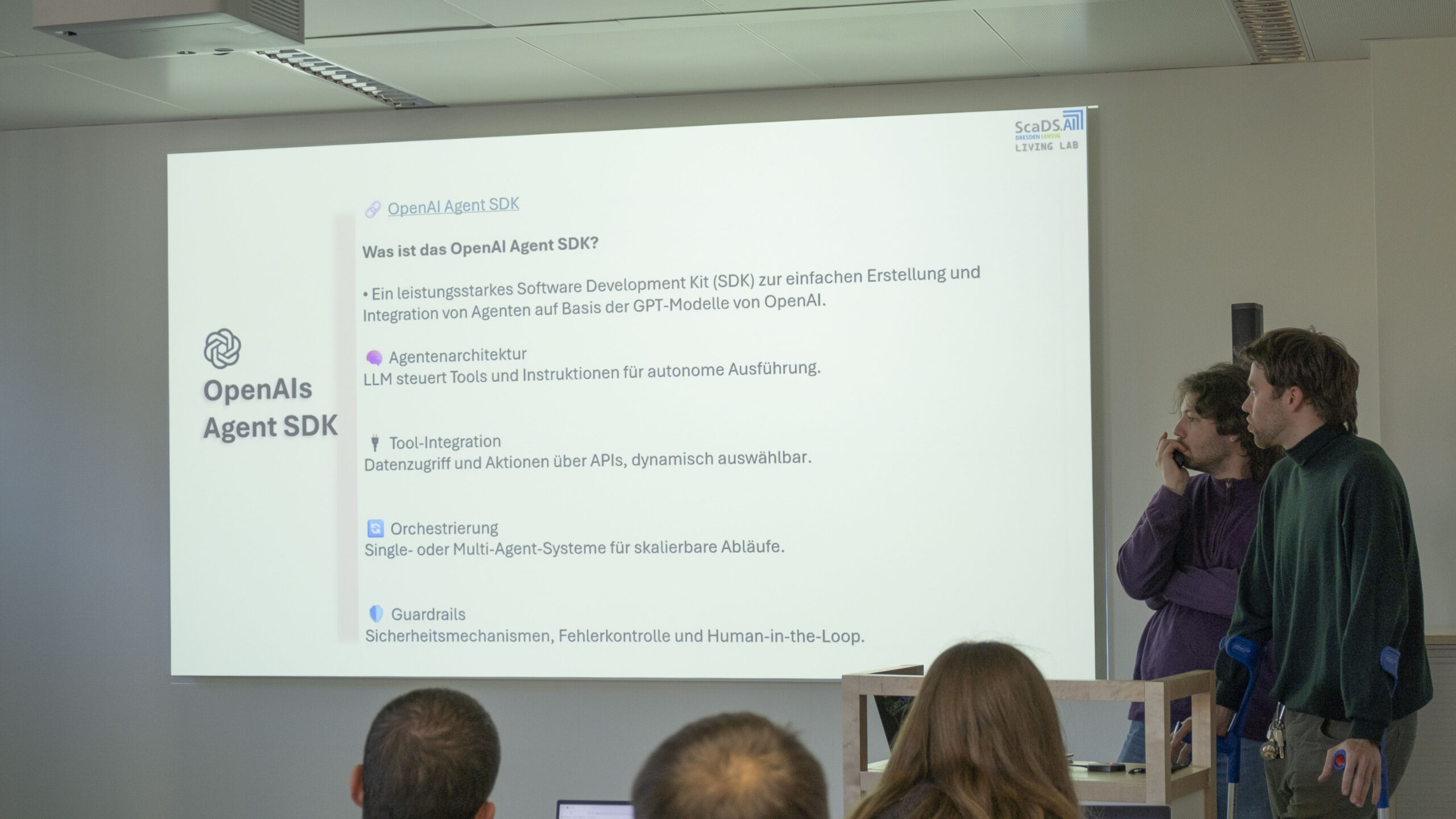
18. September 2023
COVID-19-Classification: Demonstrator

We all remember the beginning of the COVID-19 pandemic and the dramatic images. Doctors and Nurses were working at their limits in overcrowded hospitals. Instead, we ourselves were isolated at home for weeks, unsure whether we had COVID-19 or not, wondering wether we were a threat to others or not. Detecting COVID-19 was not always easy, as the virus had a broad but sometimes unspecific spectrum of symptoms. Furthermore, the PCR-tests used to diagnose it were not always accurate.
It became clear that other technologies were needed to support physicians with the diagnosis due to the continuously increasing numbers. At that time, a student project at ScaDS.AI Dresden/Leipzig worked on machine learning for image classification. The model was trained to detect patterns of COVID-19 in the lungs in labeled x-ray images. X-rays are a form of electromagnetic radiation, which is used to produce medical images of tissue or structures in the body. The COVID-19-Classification demonstrator is a display-based visualization of this example to implement image classification in support of medical diagnosis. The demonstrator is exhibited at our Living Lab at Leipzig University.
Demonstrator for COVID-19-Classification
In the beginning, the demonstrator showcases some information to introduce the topic and the importance of image classification. This is followed by a a selection of classified radiographs with some information about the patient, including age and gender. Now it is your turn: As a viewer, you are asked to pull over an x-ray image in a selected area. There, you will see the diagnosis given by the image classifier. There is also an explanatory video provided for each x-ray image. In those videos, Dr. Mireille Martin gives her assessment of the abnormalities in the lungs and her diagnosis. Dr. Martin works as a radiologist at the University Hospital Leipzig.
In some cases, the diagnoses by Dr. Martin and the Artificial Intelligence do not match. Because of this discrepancy, the Artificial Intelligence should never replace doctors. Instead, we should see diagnoses by Artificial Intelligence as a mere support opportunity, which can facilitate the work of doctors. However, if we continue working on this technology, it could lead to promising results in the future. For example, this technology could help with the early detection of tumours and cancer.






